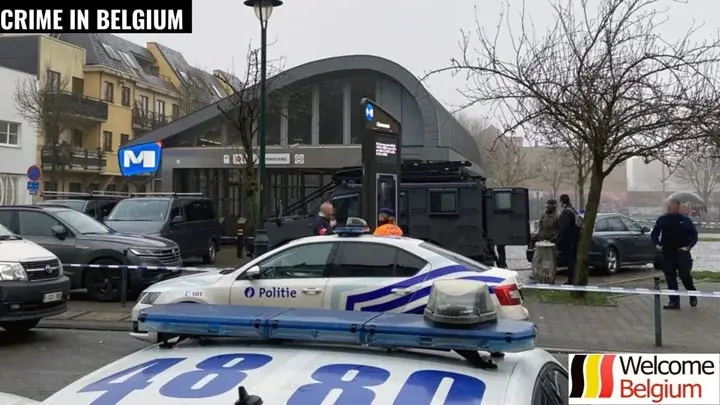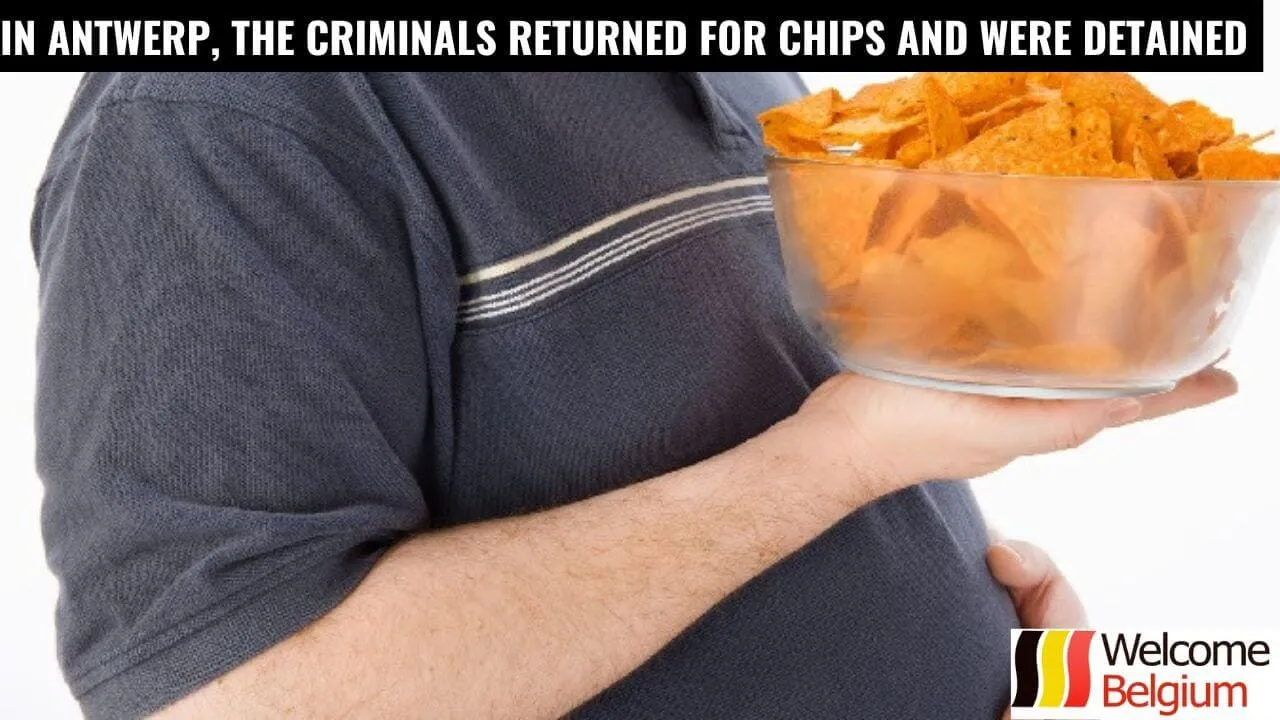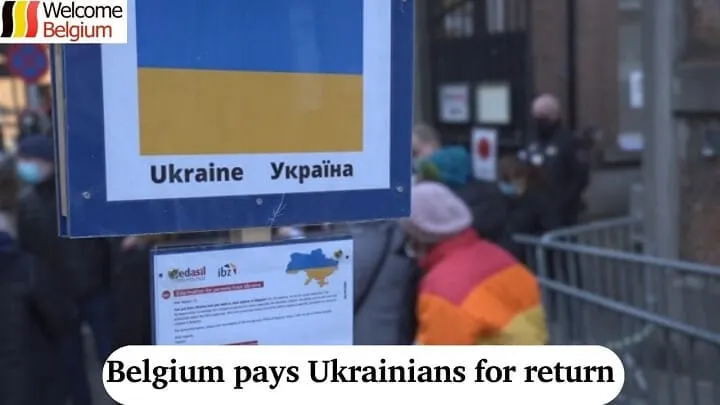According to a recent study by the Brussels Institute for Statistics and Analysis, one in five people living in the Belgian capital admits they do not feel safe in their own neighborhood. This means over 200,000 people regularly experience anxiety just stepping outside near their homes.
This situation is directly linked to how street crime and crime in Belgium in general are perceived. The problem is felt most strongly among women, older adults, and residents of certain communes. Women are twice as likely as men to say they fear going out alone in the evenings or even during the day. People over 65 also report high levels of anxiety, often avoiding walks without company.Factors contributing to the feeling of insecurity
Even though official crime statistics in Belgium don’t show a sharp increase in offenses, the feeling of threat among residents remains high. This may be caused not only by actual cases of violence or theft but also by the general condition of the urban environment.
Among the reasons that lead to feelings of insecurity are:
- Poor street lighting
- Lack of police presence or patrols in the area
- Noisy groups on the streets
- Aggressive behavior from certain residents
- High levels of trash and graffiti
- Feeling of neglect in some neighborhoods
- Media reports about criminal incidents
- Word-of-mouth stories from neighbors about unpleasant events
All these factors shape the image of local “unrest,” even if the official crime level in Belgium remains stable.
Which Brussels neighborhoods cause the most concern
The study shows the highest number of negative reviews come from residents of the following communes:
- Anderlecht
- Molenbeek-Saint-Jean
- Schaerbeek
- Saint-Josse-ten-Noode
- Bruxelles-Ville, especially near the North Station
Some respondents note that the sense of danger increases after news reports about local thefts, robberies, and fights. While such incidents are not always officially recorded by the police, these stories form the general opinion about crime in Belgium, especially among immigrants and elderly people.
Measures taken by the authorities
Brussels authorities acknowledge residents’ fears and have already started implementing measures to improve the situation.
First, efforts are underway to improve street lighting. Old lamps are being replaced with brighter ones, and additional lights are installed in dark areas.
Second, police patrols have been increased in neighborhoods with high anxiety levels. This helps people feel there is control and quick help is available.
CCTV cameras are also installed to both prevent crimes and respond promptly when incidents occur.
Additionally, the city invests in youth centers, sports clubs, and cultural initiatives — especially in high-risk areas such as Molenbeek and Schaerbeek.
Much attention is given to street cleanliness. Campaigns against litter, illegal dumping, and spontaneous graffiti have been organized to visually improve the urban environment.
Finally, the authorities actively involve residents in improvement programs through local committees, volunteer projects, and public discussions about city changes.
Safety is not just statistics, but feelings
The sense of safety is subjective. Even with low crime rates, fear can be triggered by visual and social factors: dirty streets, noise at night, homeless people, unpleasant smells. All this affects people’s emotional state and their perception of the place where they live.
To address this, authorities need not only to control crime in Belgium but also improve the street atmosphere: engage residents in beautification, develop public spaces, and maintain honest dialogue with the community.



